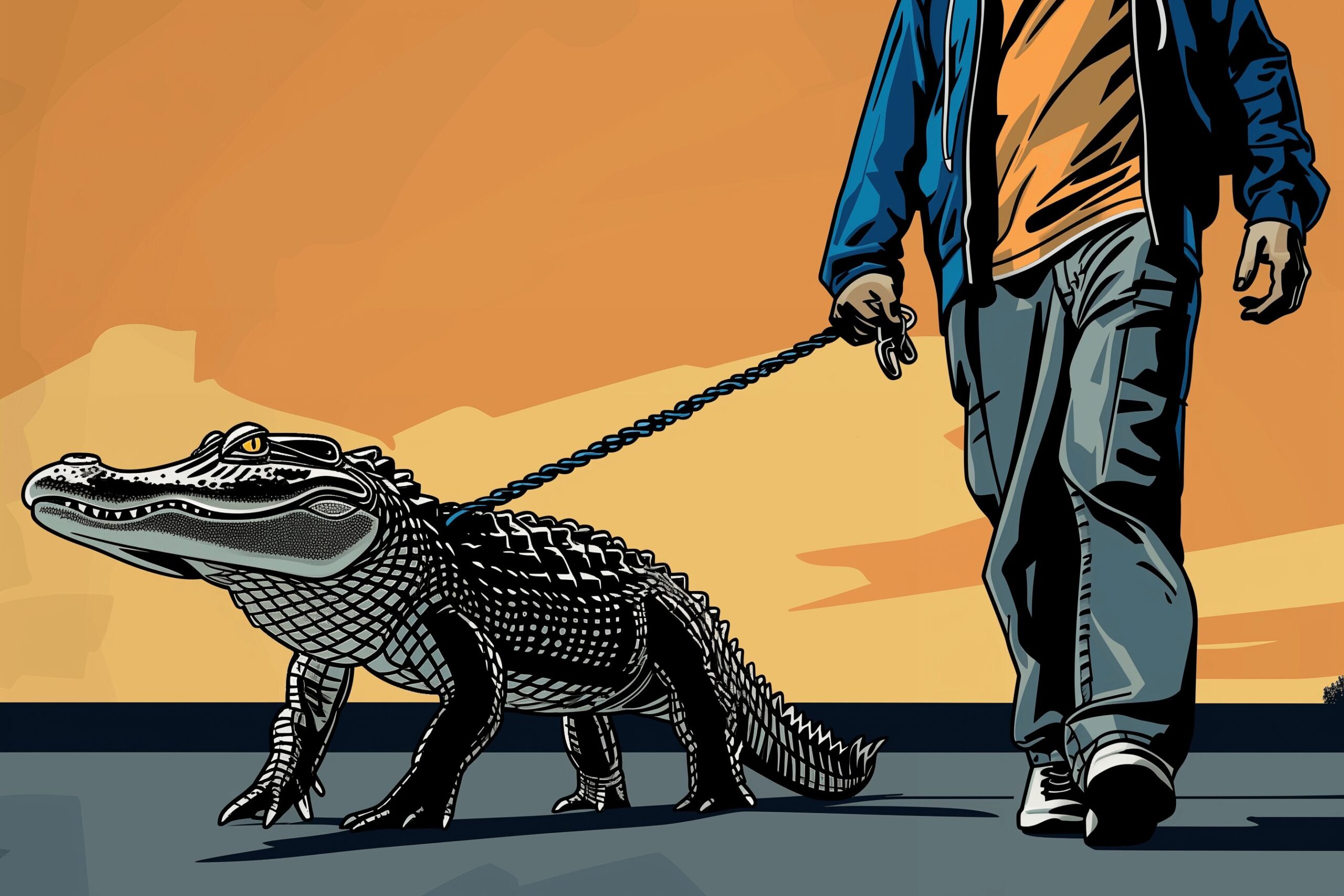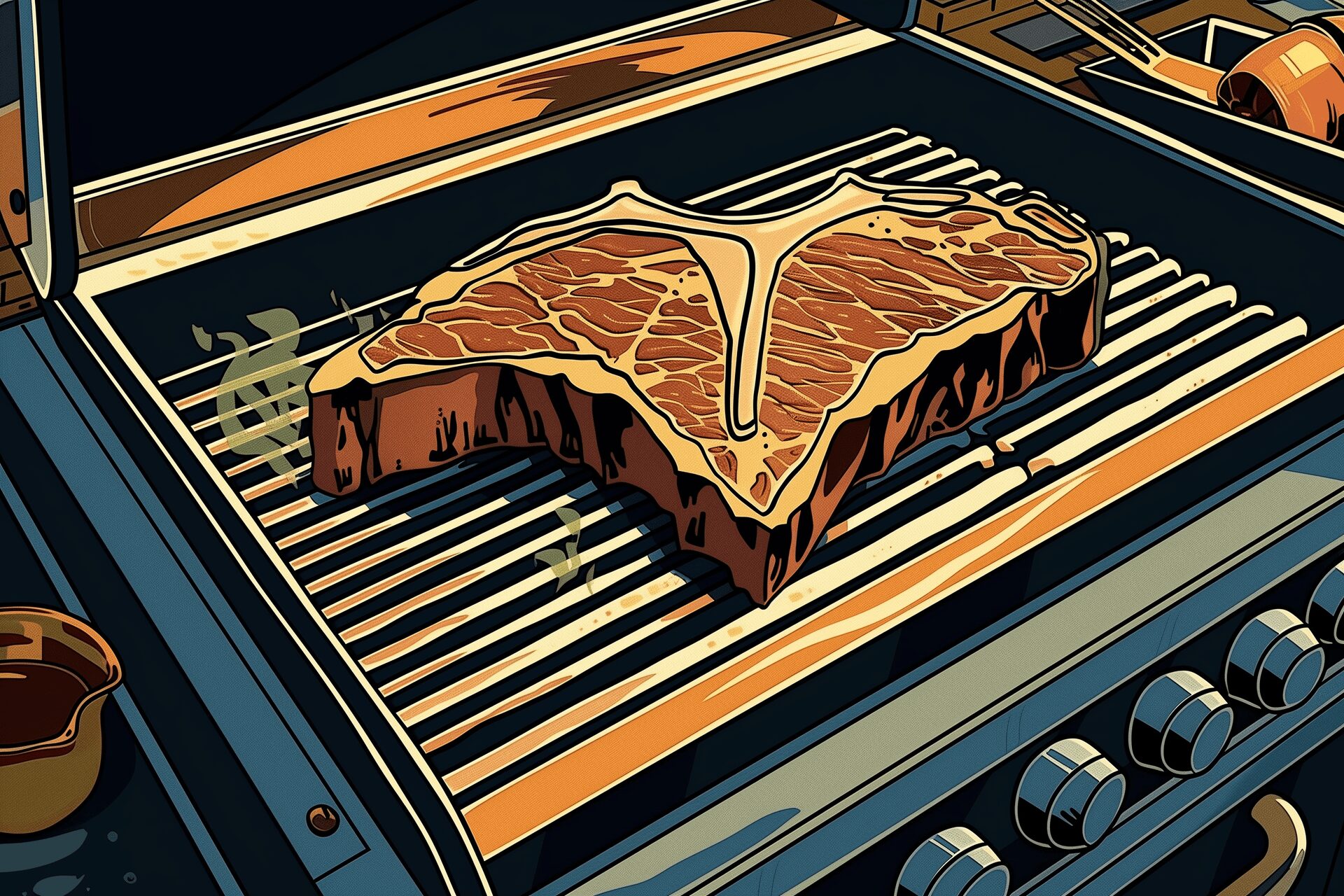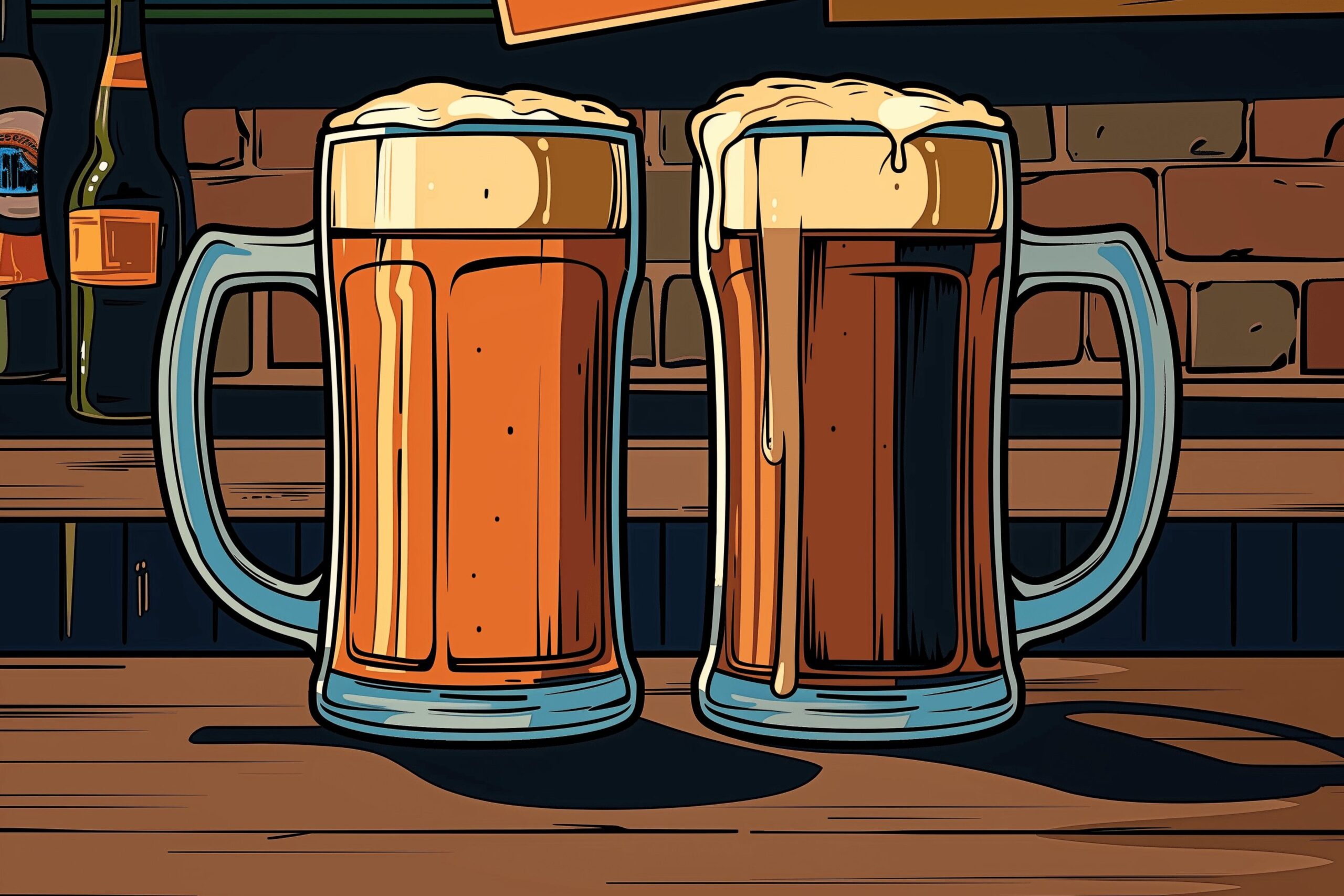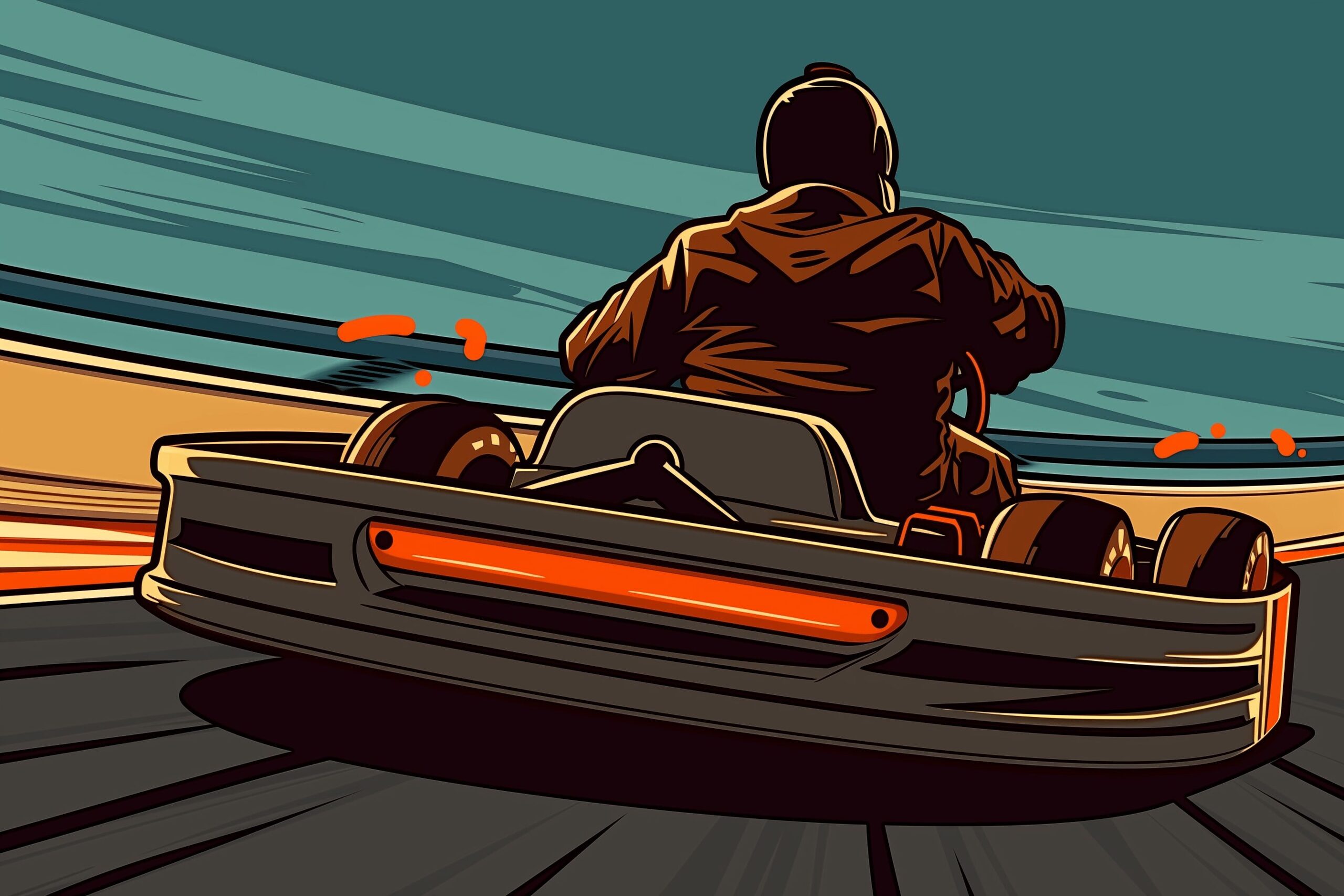What Is Homesteading? The Pursuit of Self-Sufficiency
Feb 08, 2024

As an Amazon Associate, Modded gets commissions for purchases made through links in this post.
Homesteading is an old term enjoying a renaissance. Although modern homesteaders differ from their original counterparts, they continue to represent freedom and independence.
So, what is homesteading? Learn about this attractive lifestyle, understand why it’s in vogue and discover how healthy, money-saving and financially rewarding it can be.
What Is the Homesteading Lifestyle?
Homesteading is about self-sufficient living. Homesteaders have different sets of values, but most love the idea of producing their food. Some take it further and generate their electricity. Others aspire to break away from the financial system and barter for what they need.
This lifestyle is synonymous with living off the grid, although you can be a homesteader in urban and rural areas where you continue to use public utilities. Living in the boondocks to pursue a life of self-sufficiency and sustainability requires more skills — such as water filtration and purification, food preservation, wood harvesting and campfire building — since survival is the top priority.
In the past, homesteading had a different meaning. It used to be about taking advantage of the Homestead Act of 1862, which allowed United States citizens to claim up to 160 acres of public land in the American West in exchange for a small registration. The caveat was they had to live on and farm their plot. After five years, they received entitlement to the property free and clear.
The federal government gave away more than 270 million acres of land. However, many homesteaders failed because of low land arability, farming inexperience and harsh weather. Some declared bankruptcy and abandoned their claim altogether.
Homesteading ended in most of the U.S. after the Federal Land Policy and Management Act of 1976 came into effect. This new policy exempted Alaska, allowing the Last Frontier to permit homesteading for another 10 years.

Why Is Homesteading Becoming So Popular?
Homesteading is becoming so popular because of the millennials. Being the first generation overwhelmed by modern technology, many born from 1980 to 1994 yearn for simple living.
Moreover, the millennials have lived through the 2008 financial crisis and the COVID pandemic, so they’re no strangers to hardship.
The combination of these factors has shaped this dominant group’s unique worldview. If you belong to this generation, the modern homesteading lifestyle may resonate with you. The thought of depending on yourself and living off your resources may be more comforting than trusting the system to take care of you.
Furthermore, the growing push for environmental sustainability makes homesteading appealing and trendy. Experiencing social isolation and seeing bare shelves at grocery stores during the pandemic have been eye-openers for many adults and affected their priorities.
Unlike extreme off-grid living, homesteading is doable anywhere. Urbanites and suburbanites can get their feet wet without moving, selling their homes, parting with most of their material possessions, and giving up most modern conveniences. Without hard and fast rules to follow, you can be a homesteader without drastically changing your lifestyle.
What Is an Example of Homesteading?
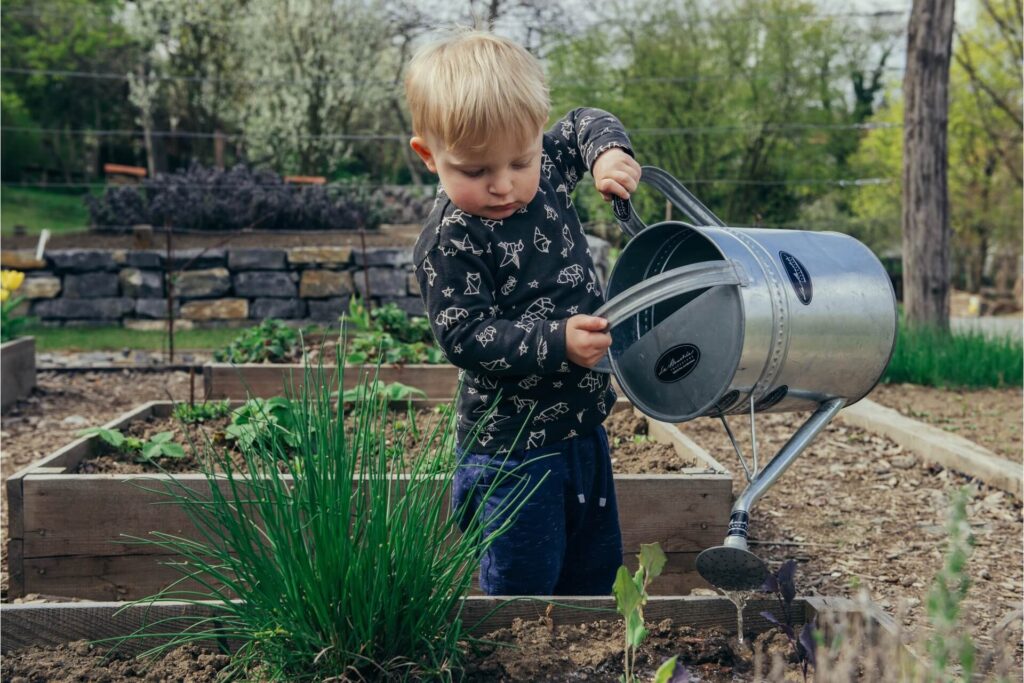
Gardening is homesteading 101. Dedicating a section of your yard to growing crops — like potatoes, tomatoes, turnips, onions, cabbages, radishes and pumpkins — is a tried-and-true step toward living more sustainably.
Only some have a green thumb, so you must develop vital gardening skills to succeed. Those you should learn and master include watering, sunlight tracking, soil analysis, composting, mulching, pruning, seed saving, plant propagation and transplanting.
Another example of homesteading is scratch cooking. Shunning processed ingredients and pre-assembled meal components and using fresh veggies, fruits, herbs and spices, whole grains and raw proteins is a simple yet empowering way to be self-reliant. Cooking your food from scratch also ensures your family eats nutritious and tasty meals.
Home brewing is also a form of self-sufficiency. Making your beer can be a painful process even when you have the proper tools, like a refractometer, the Emily Bottle Capper and hopsulators. Once you whip up a successful batch, it’s rewarding.
Is Homesteading a Healthy Lifestyle?
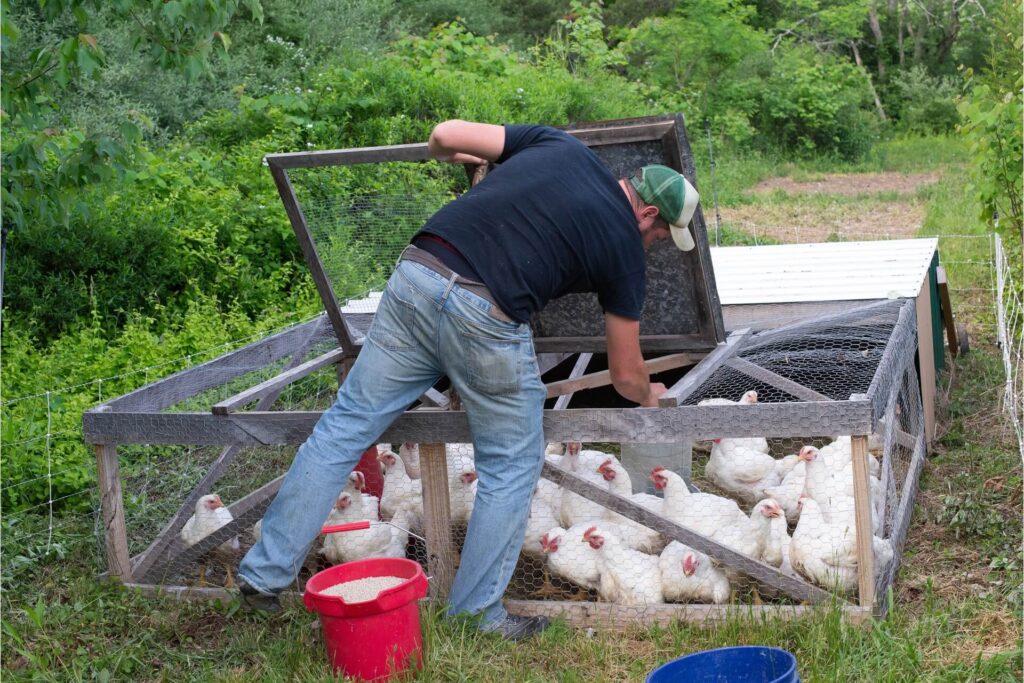
Homesteading is a healthy lifestyle because it involves doing things yourself. The more self-sufficient you are, the more you get your hands dirty. Not outsourcing tasks can be exhausting, but tending your garden and rearing livestock is the opposite of sedentary.
Walking and stretching your body for hours is aerobic exercise, which can:
- Increase your heart rate.
- Enhance your lung function.
- Make your blood sugar manageable.
- Strengthen your bones.
- Build your muscles.
- Improve your balance.
- Boost your flexibility.
- Keep you cognitively active.
If you watch your diet, you’ll burn more calories than you consume and stay fit. Homesteading also emphasizes healthy eating since it inspires you to grow food organically.
Does Homesteading Really Save Money?
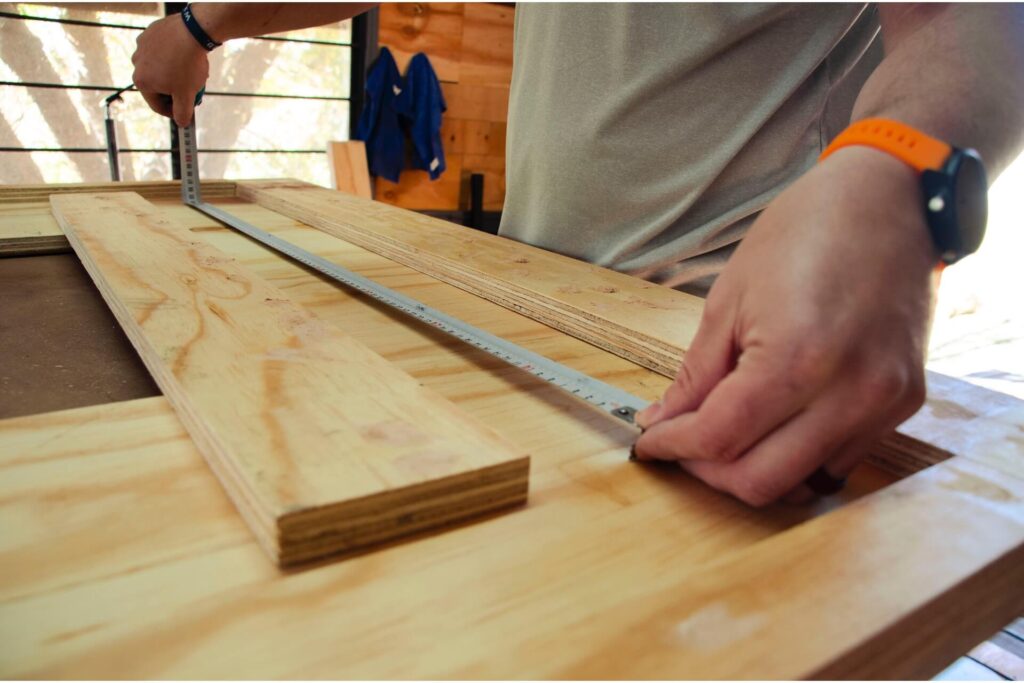
Homesteading can be money-saving, depending on where you want to be self-sufficient. It can cut down your costs in specific aspects of your life. It can reduce your grocery and utility expenses.
If you develop home maintenance skills, you can be a do-it-yourselfer. Doing home repairs instead of hiring a professional can keep your bank account green, provided that you secure permits when necessary and ensure your property remains up to code.
Homesteading can be time-consuming, so dedicating most of your time to pursue your self-sufficiency journey may require you to give up your day job and find new income streams. Earning less shouldn’t be a big deal as long as you live minimally.
How Do Homesteaders Make Money?
Selling agricultural products is the most common way homesteaders make money. This source of revenue is feasible only when you can produce more food than your household needs and profit from your excess resources, so you must be an efficient gardener or farmer and have business acumen.
Teaching others your skills is an avenue worth exploring. Conducting in-person or online classes for aspiring homesteaders can be a lucrative venture. Writing a book and starting a blog are worthwhile endeavors to impart your knowledge and enjoy financial rewards.
Vlogging is another promising source of income. Being a successful content creator requires a charming personality, decent oratory skills, stellar video production capabilities and excellent marketing chops.
Why Is Homesteading a Good Idea?
Homesteading is a good idea to begin a life of self-sufficiency. Unlike off-grid living, urban and suburban homesteading has few risks, so failing at it won’t permanently change your life for the worse.
Besides, you can choose what kind of a homesteader you want. You can make minor lifestyle adjustments if you wish to get started.
Enjoy a Life of Self-Sufficiency Through Homesteading
Being self-sufficient has trade-offs, but its positives outnumber and outweigh the negatives. Start your homesteading journey sooner rather than later to experience the freedom and independence this lifestyle entails.

